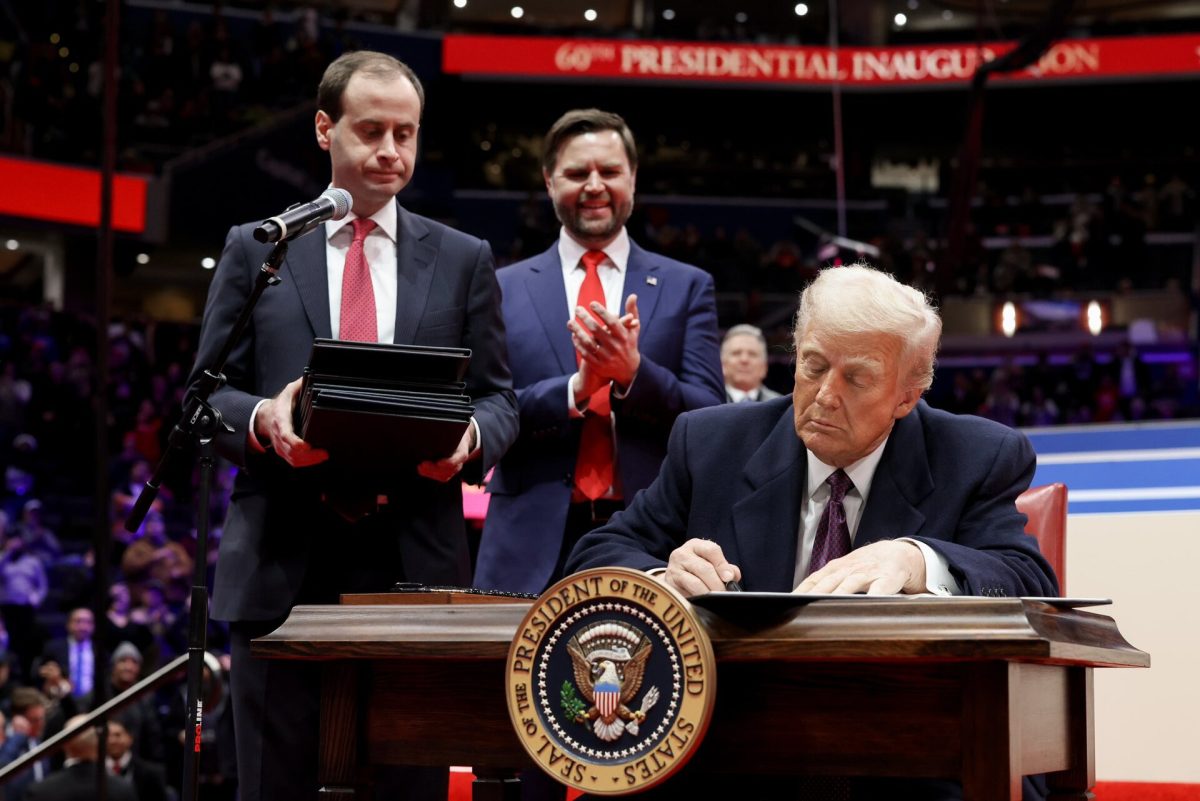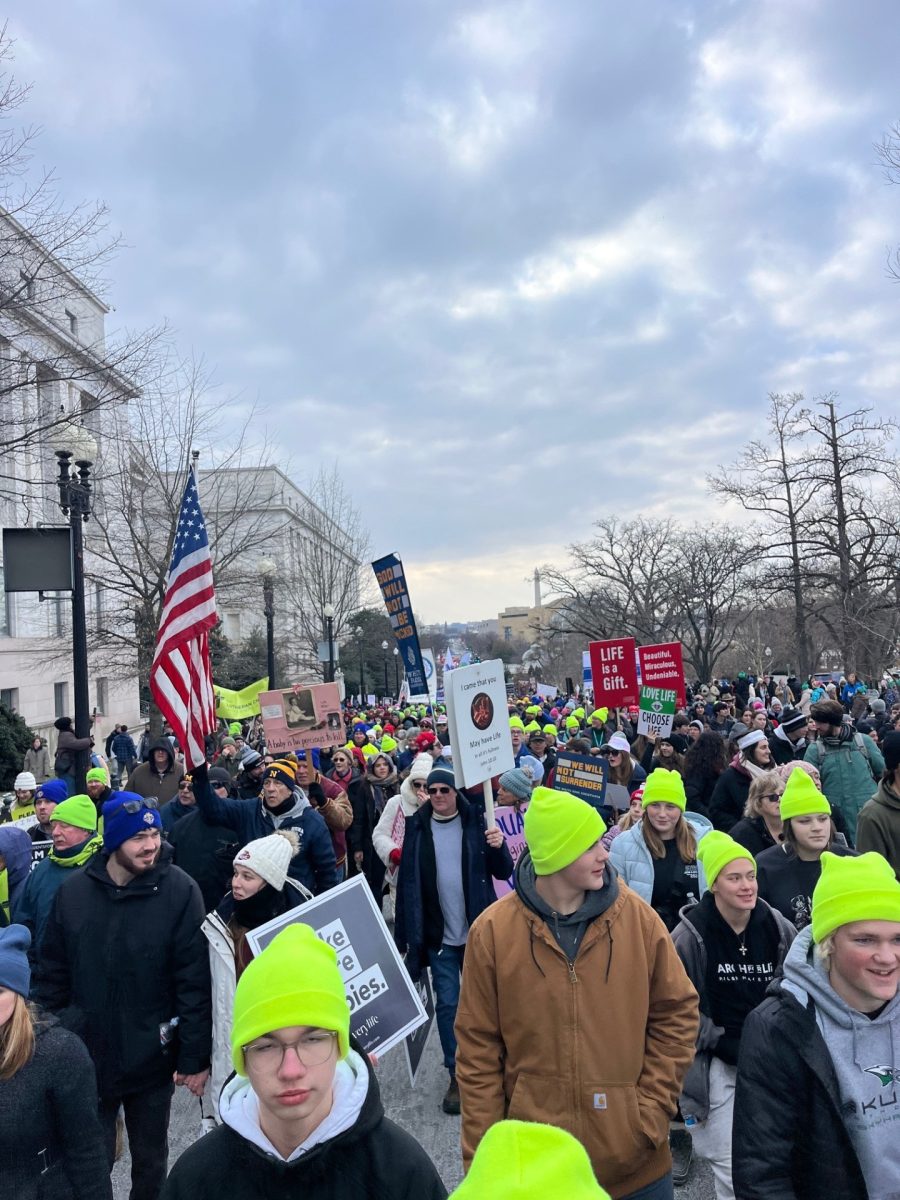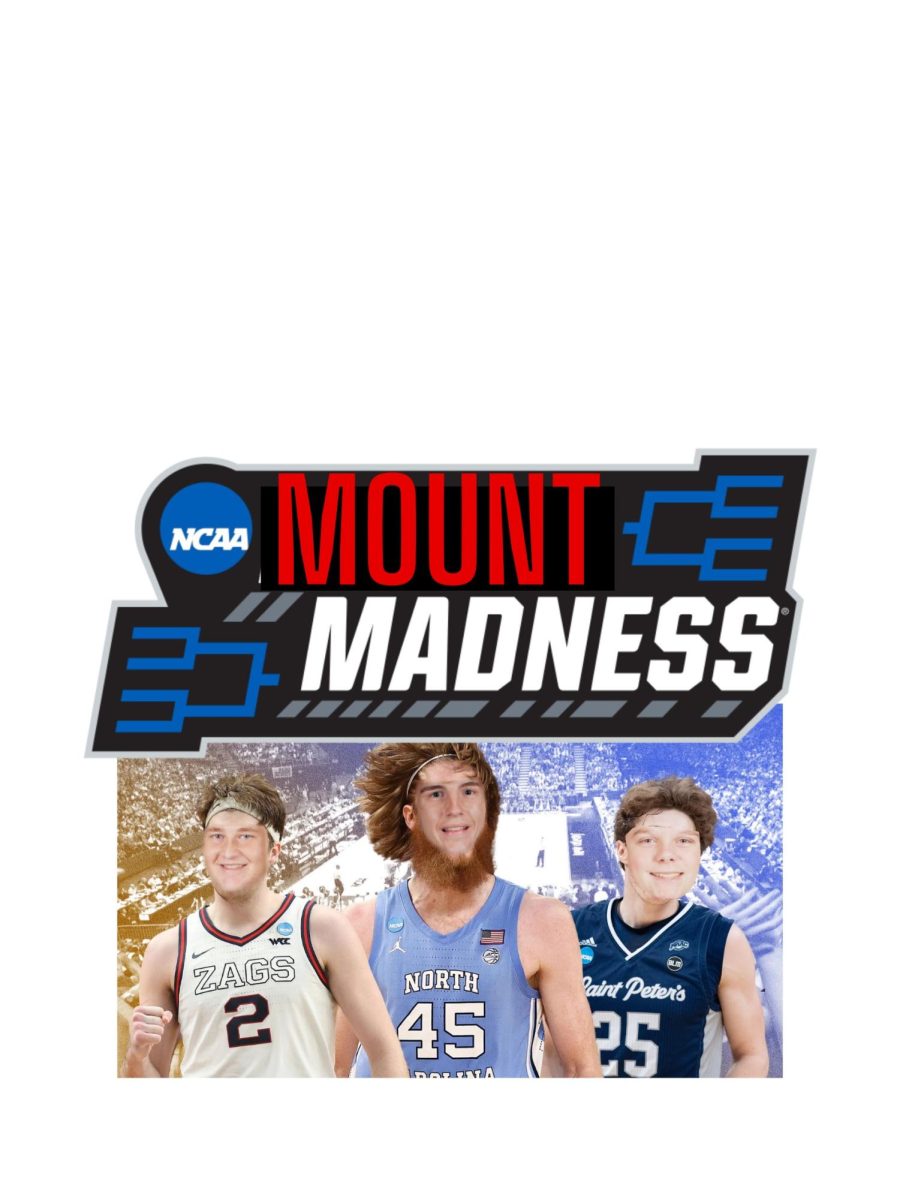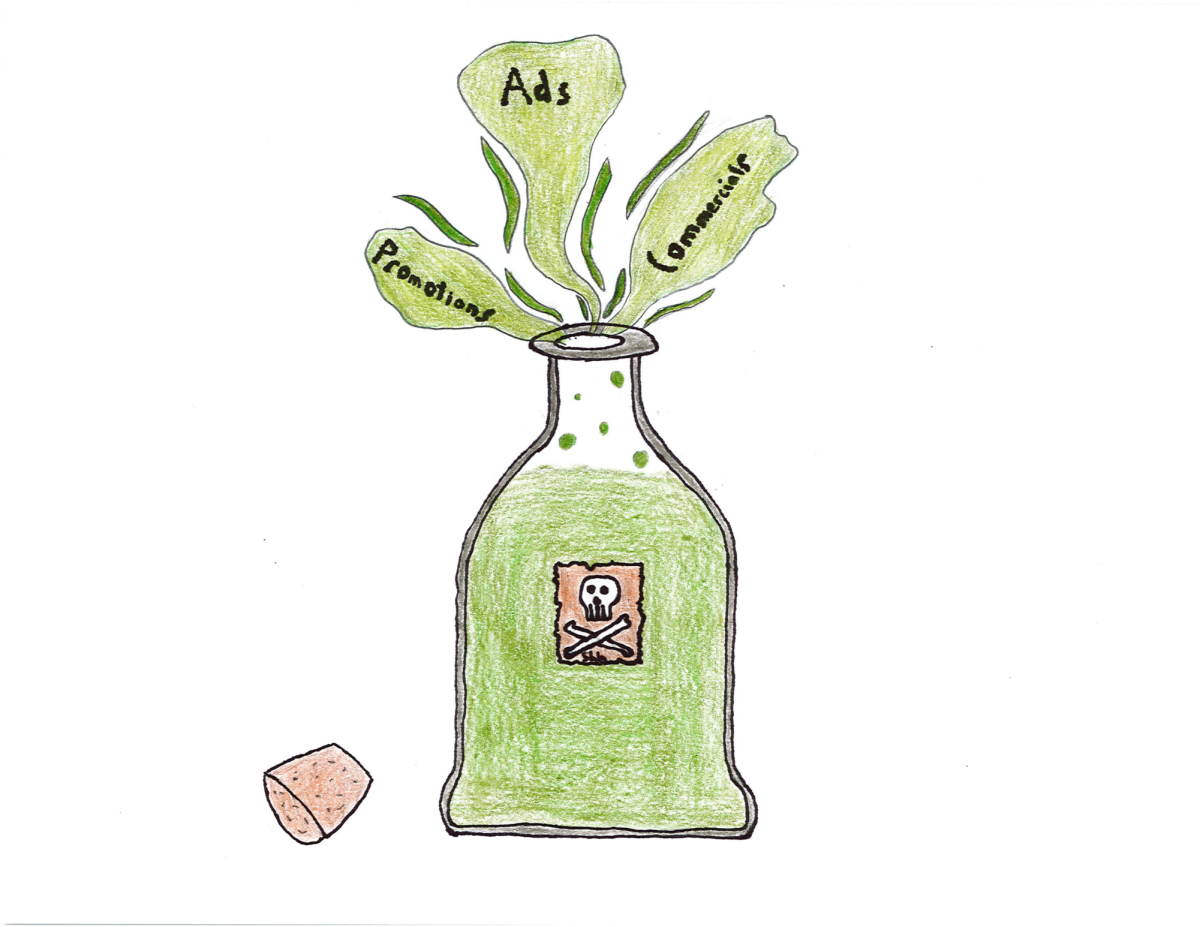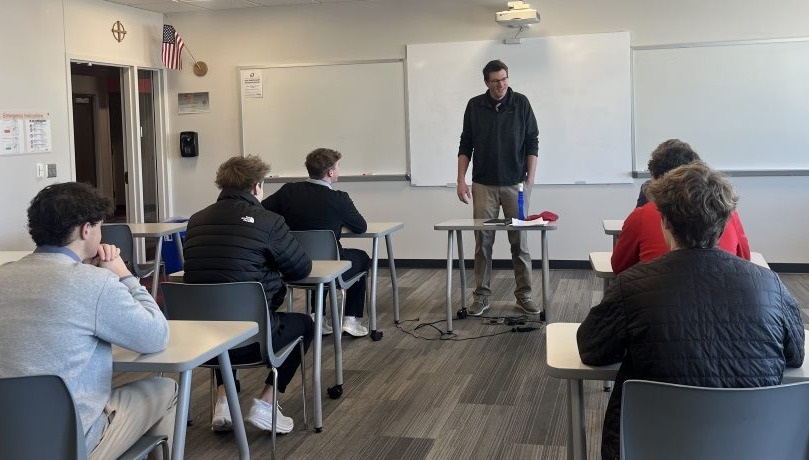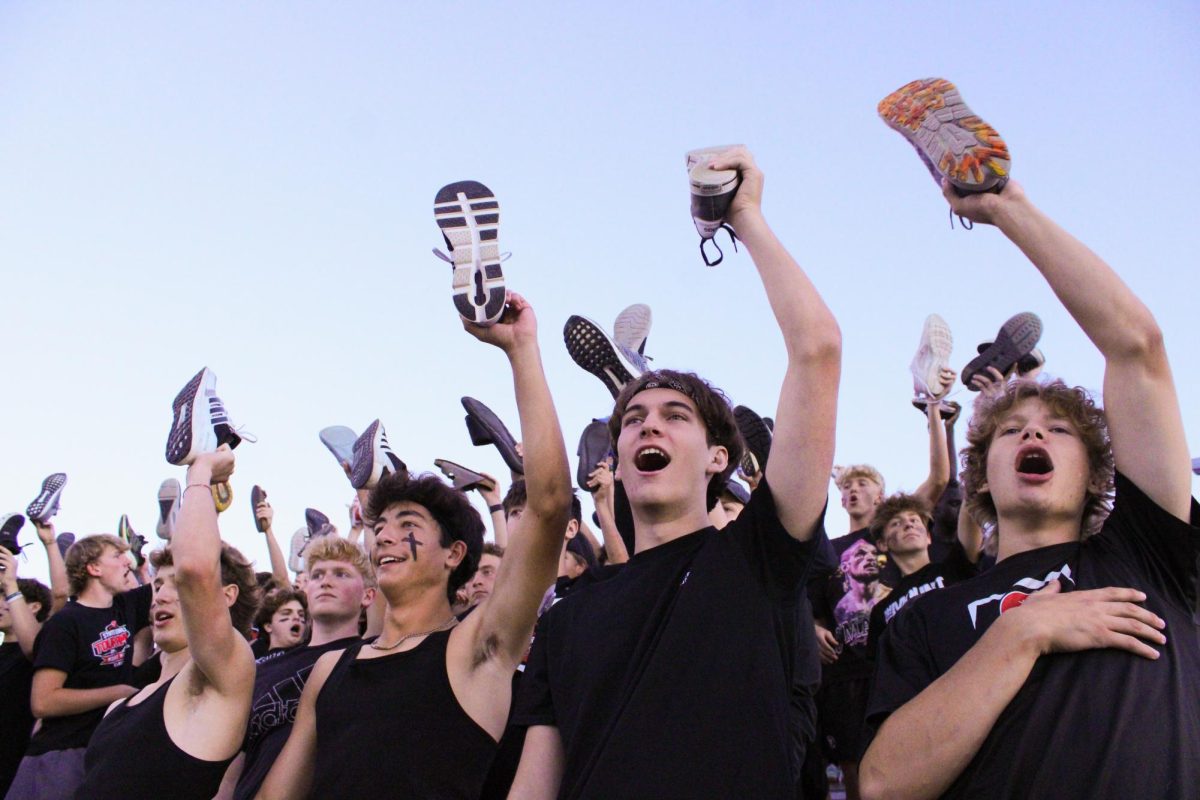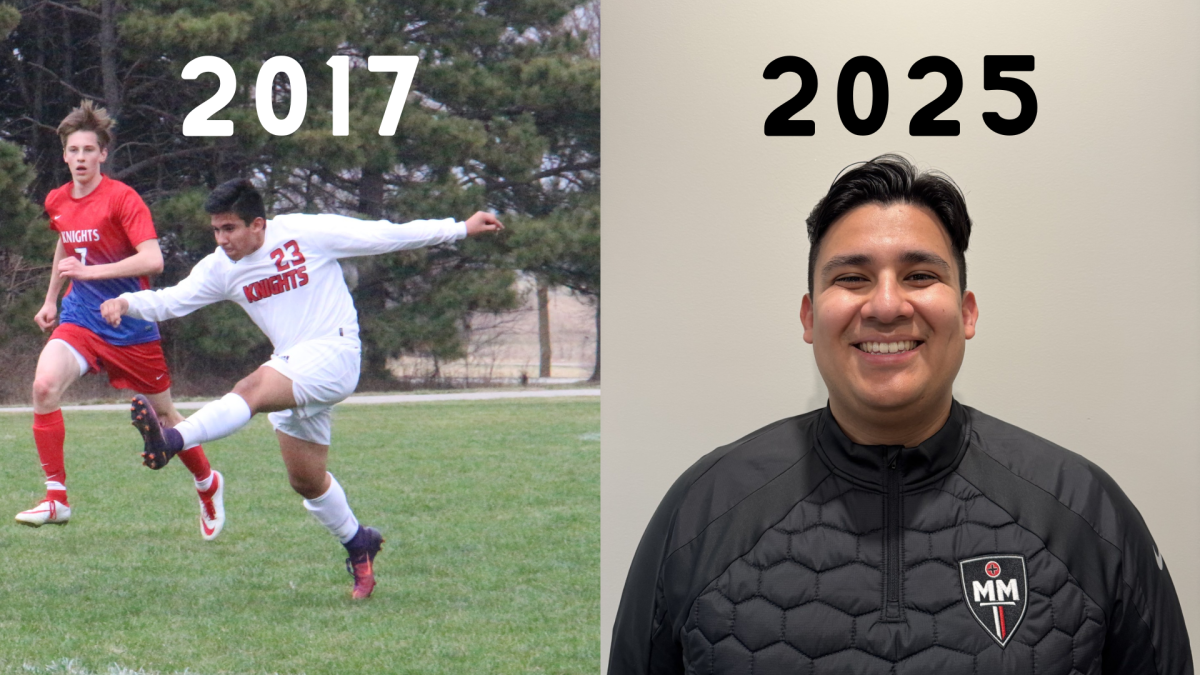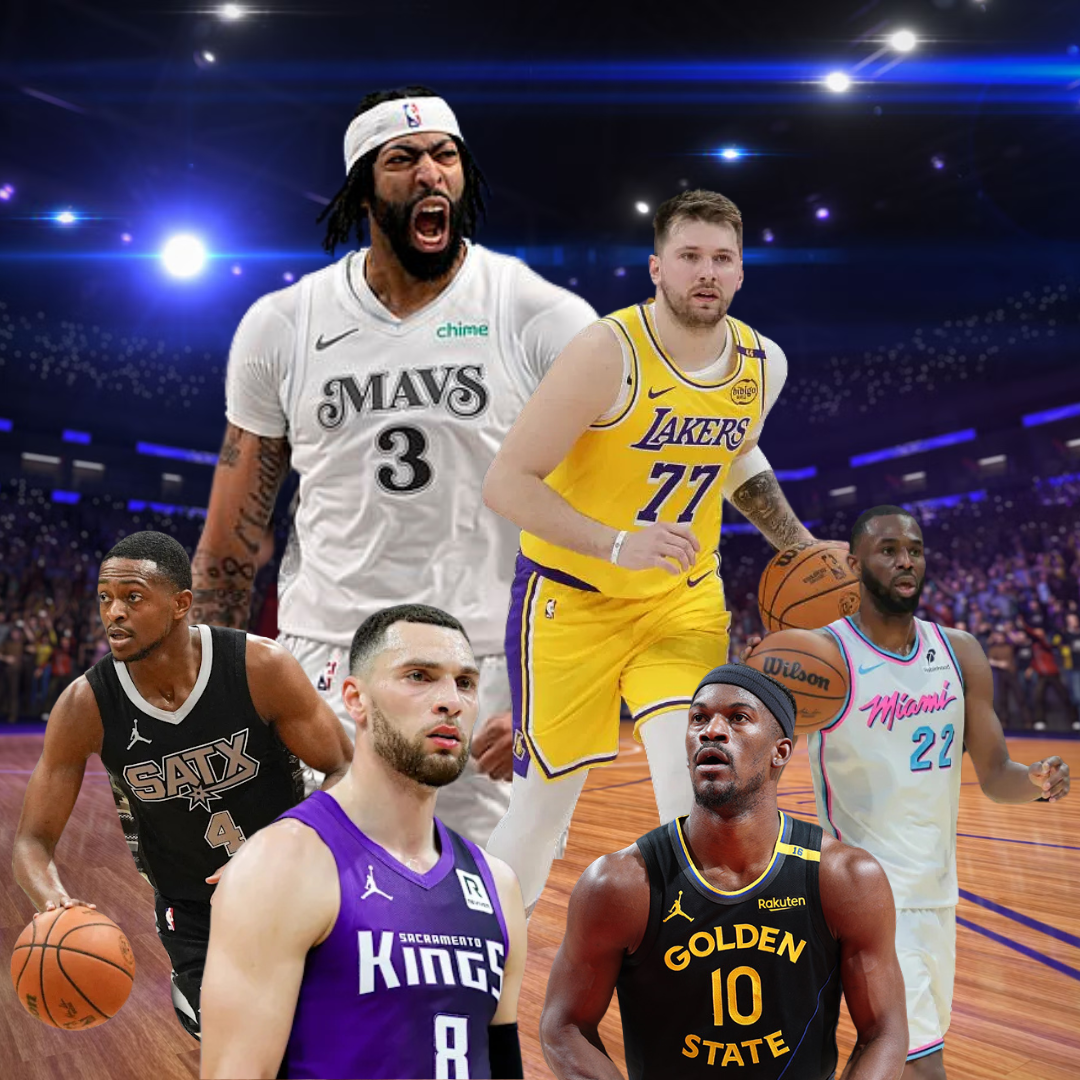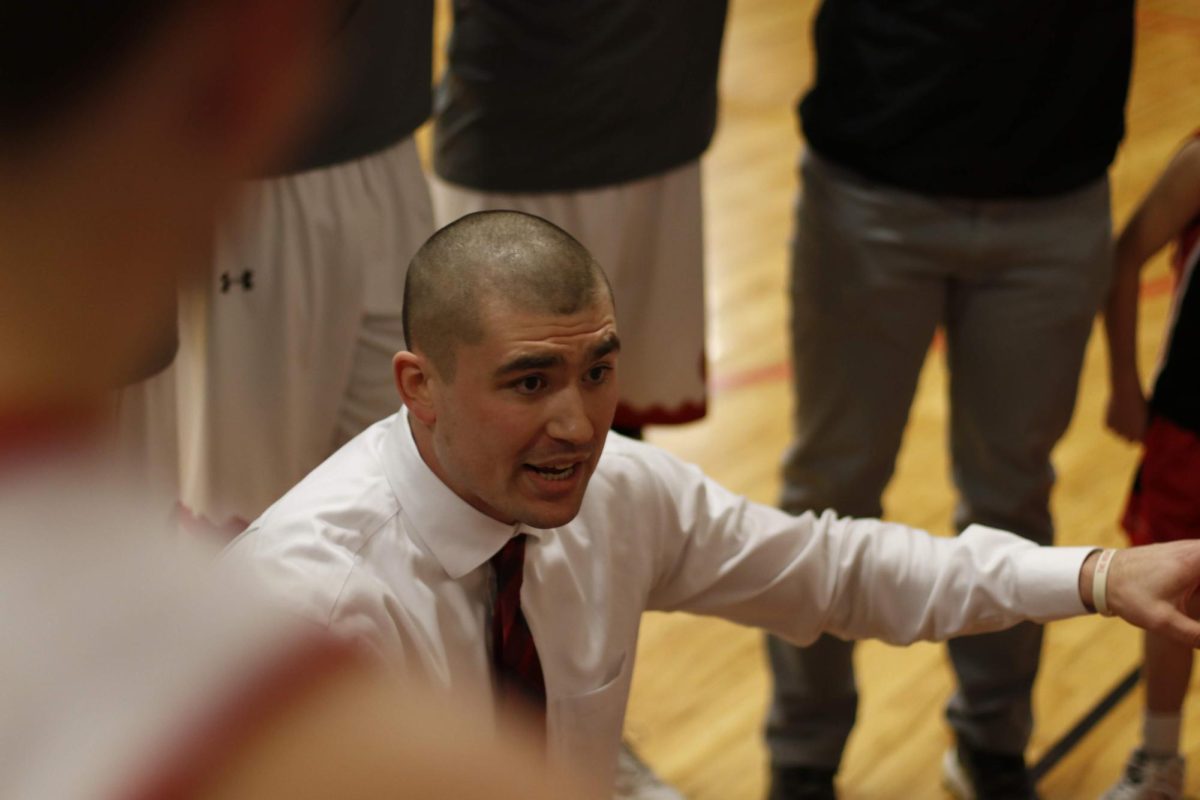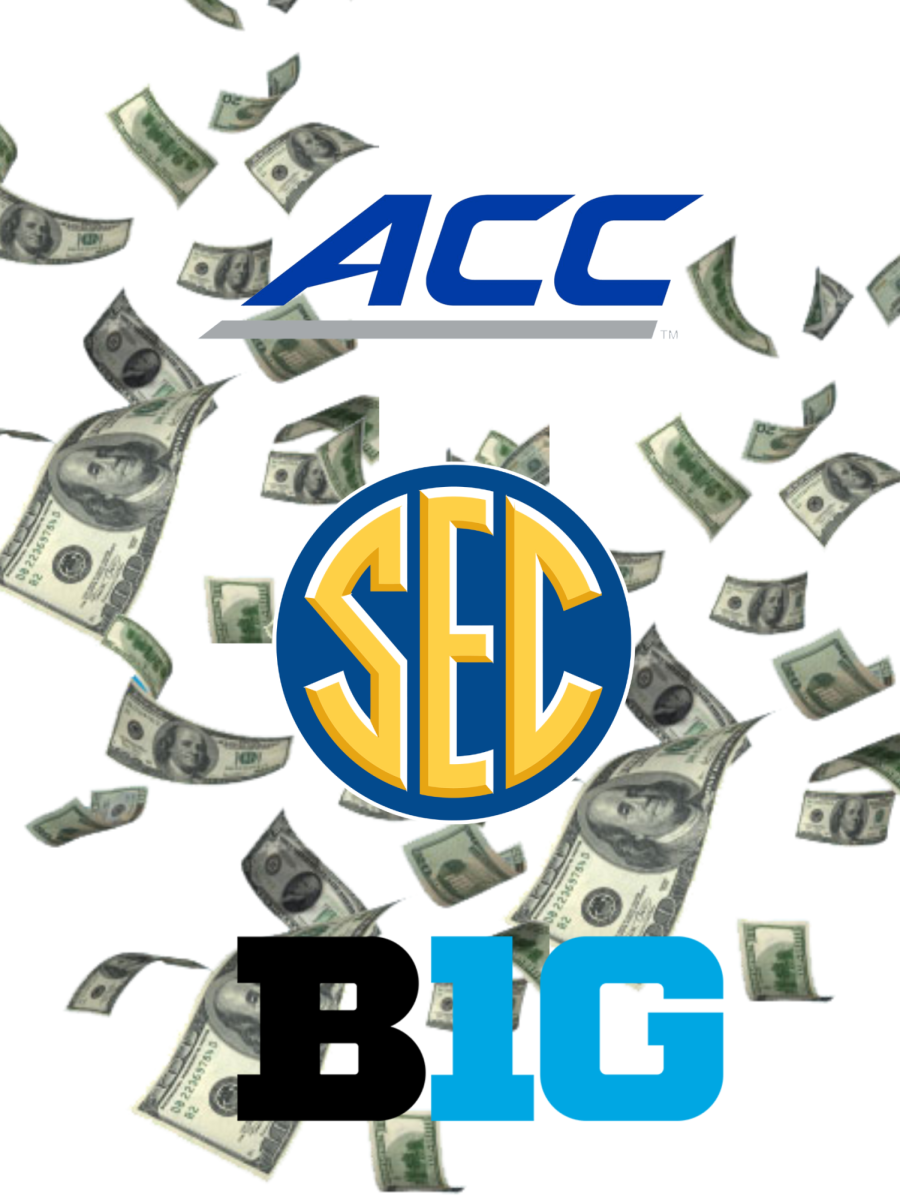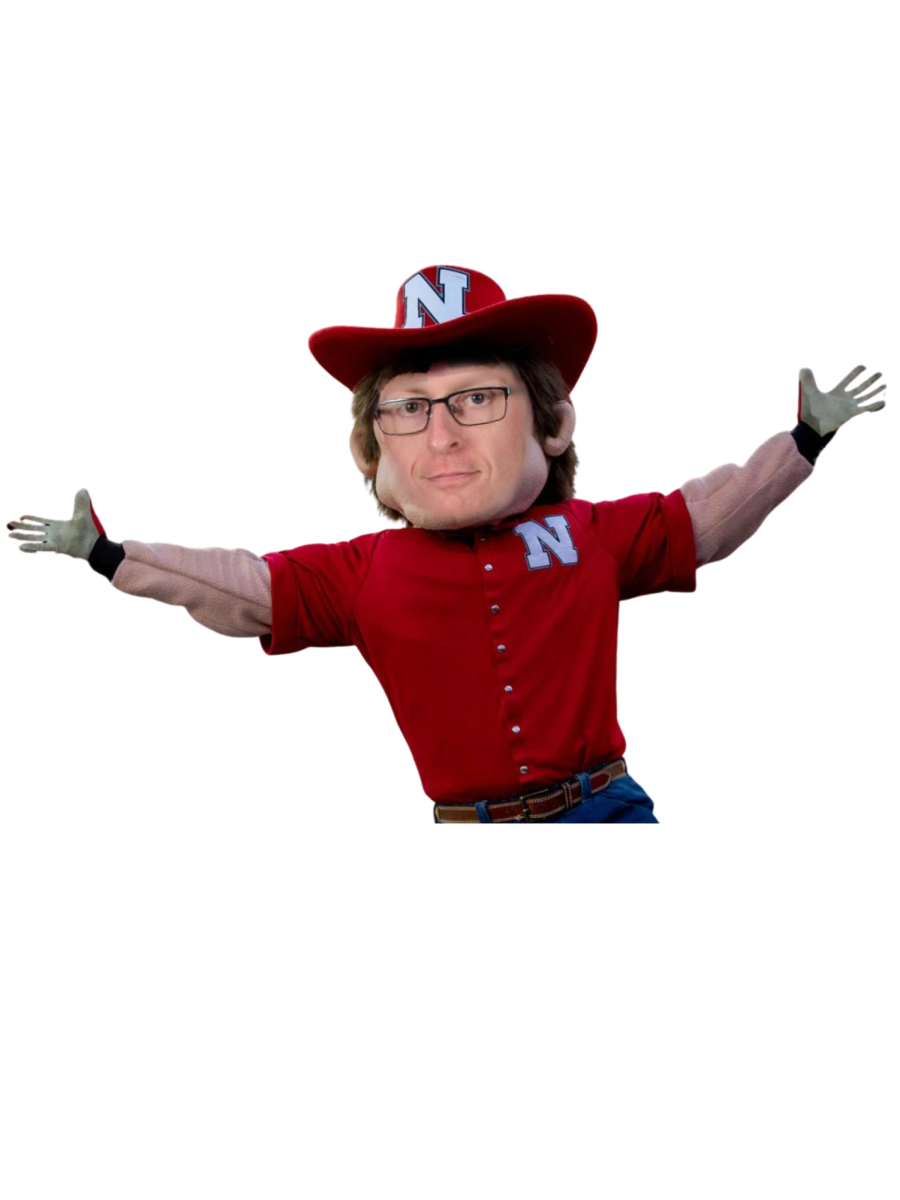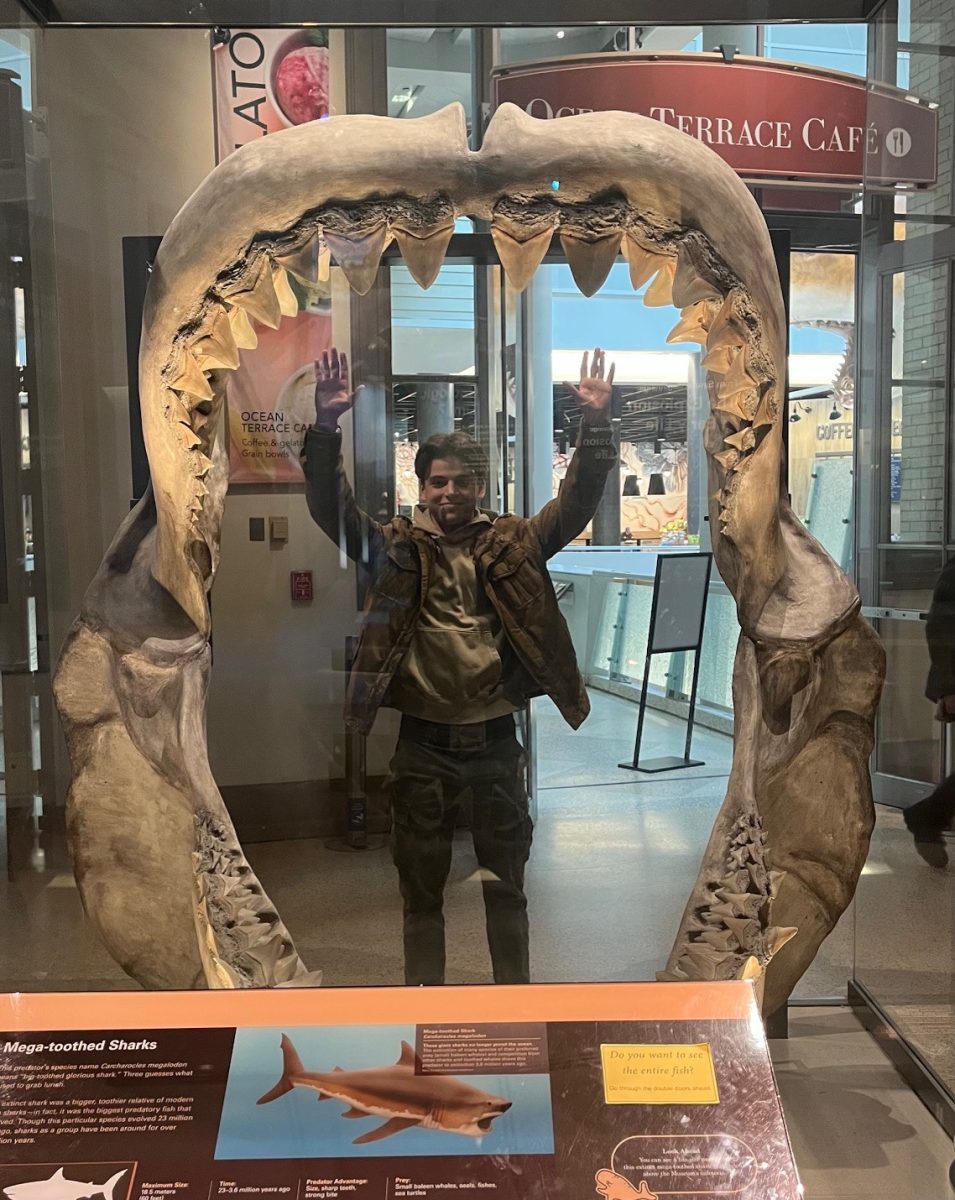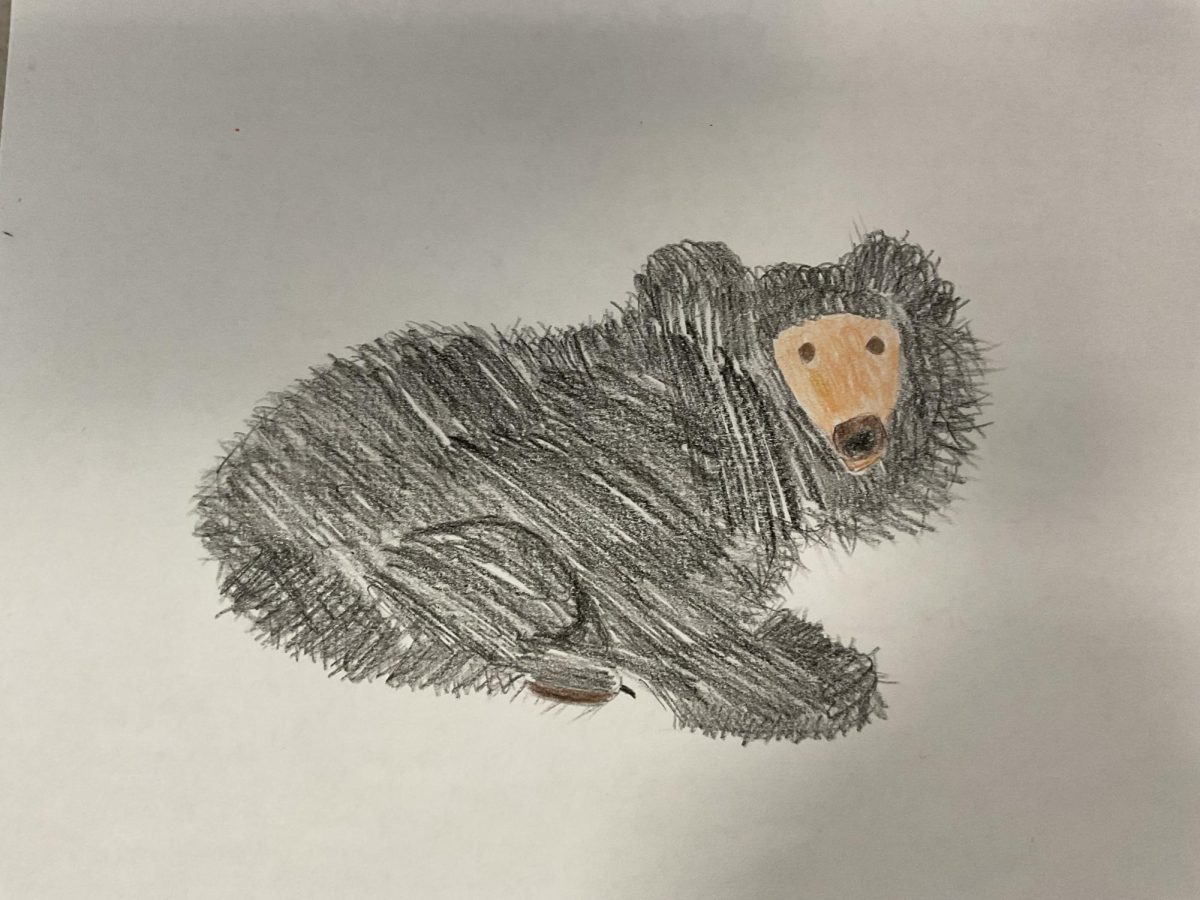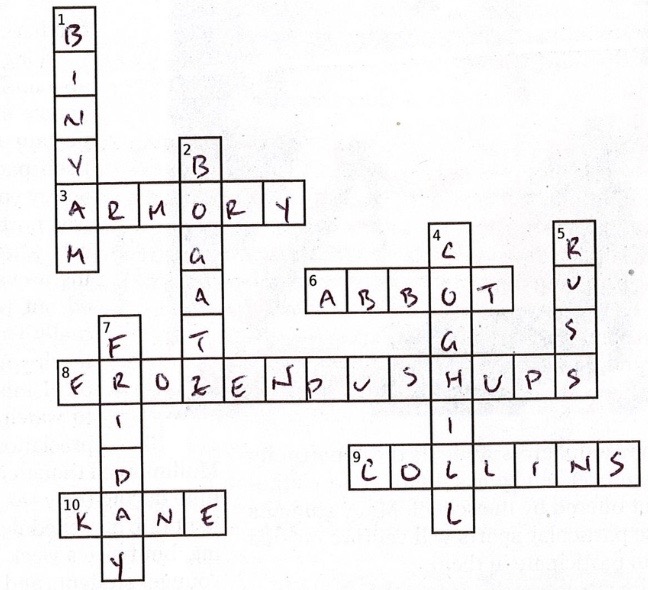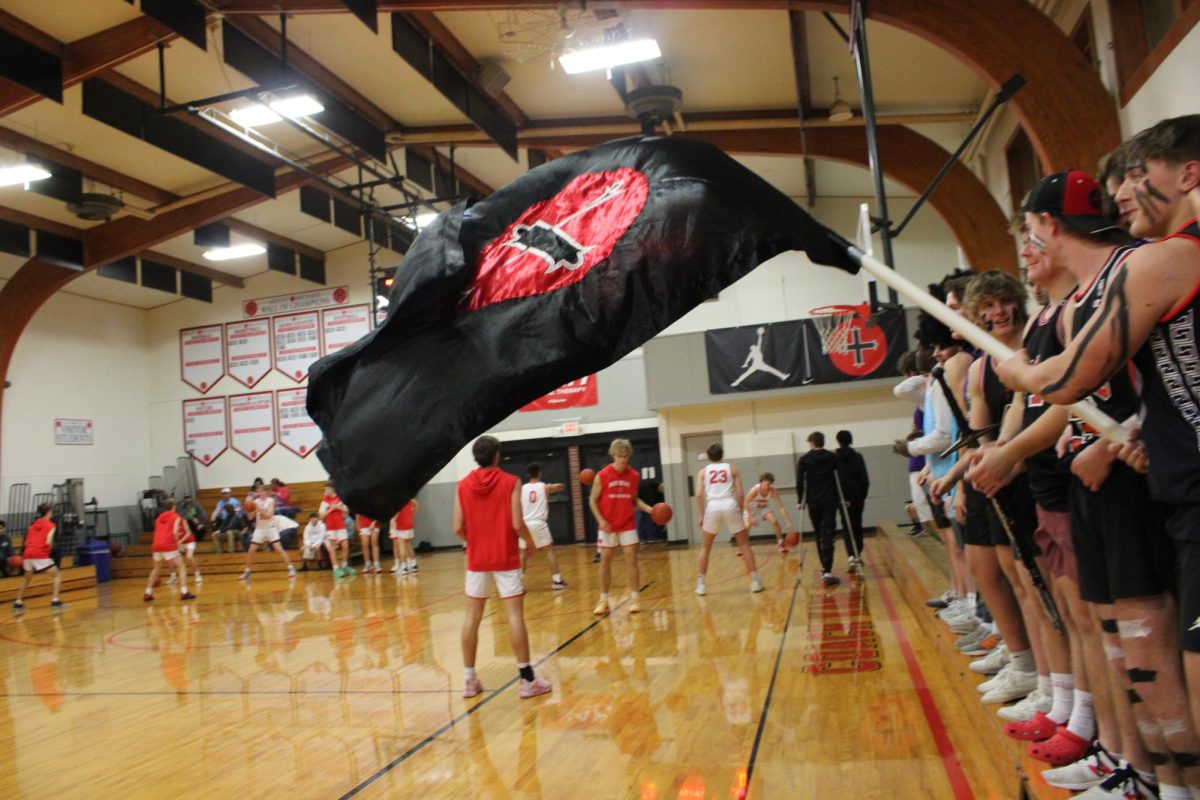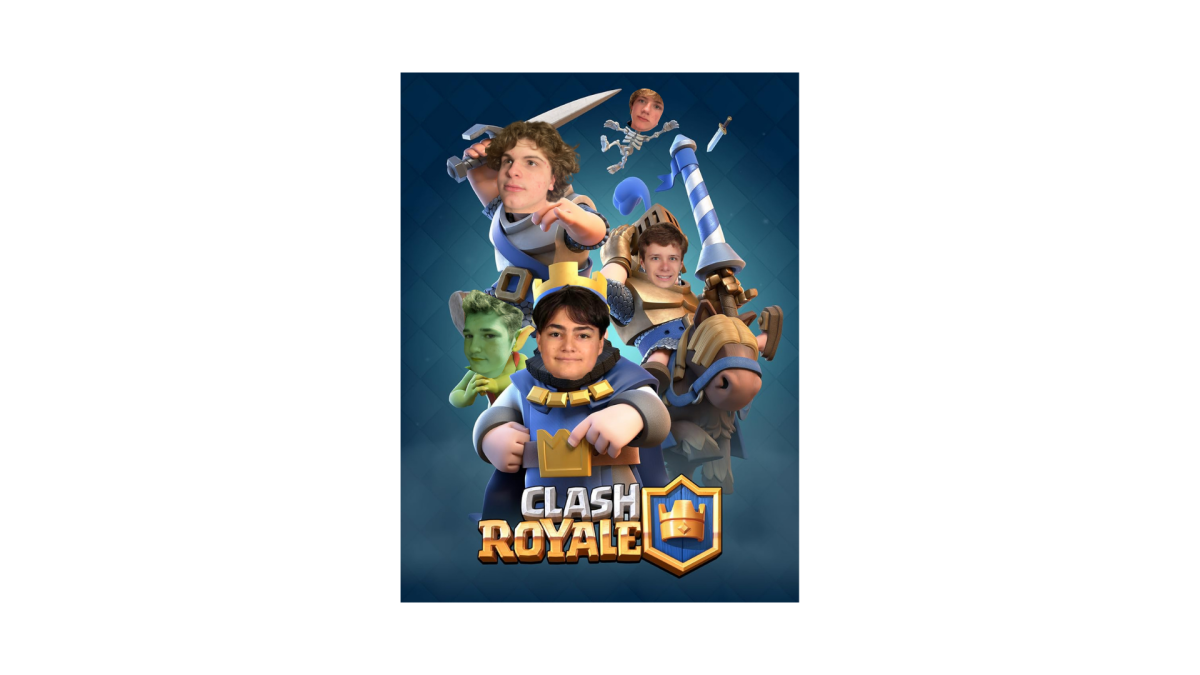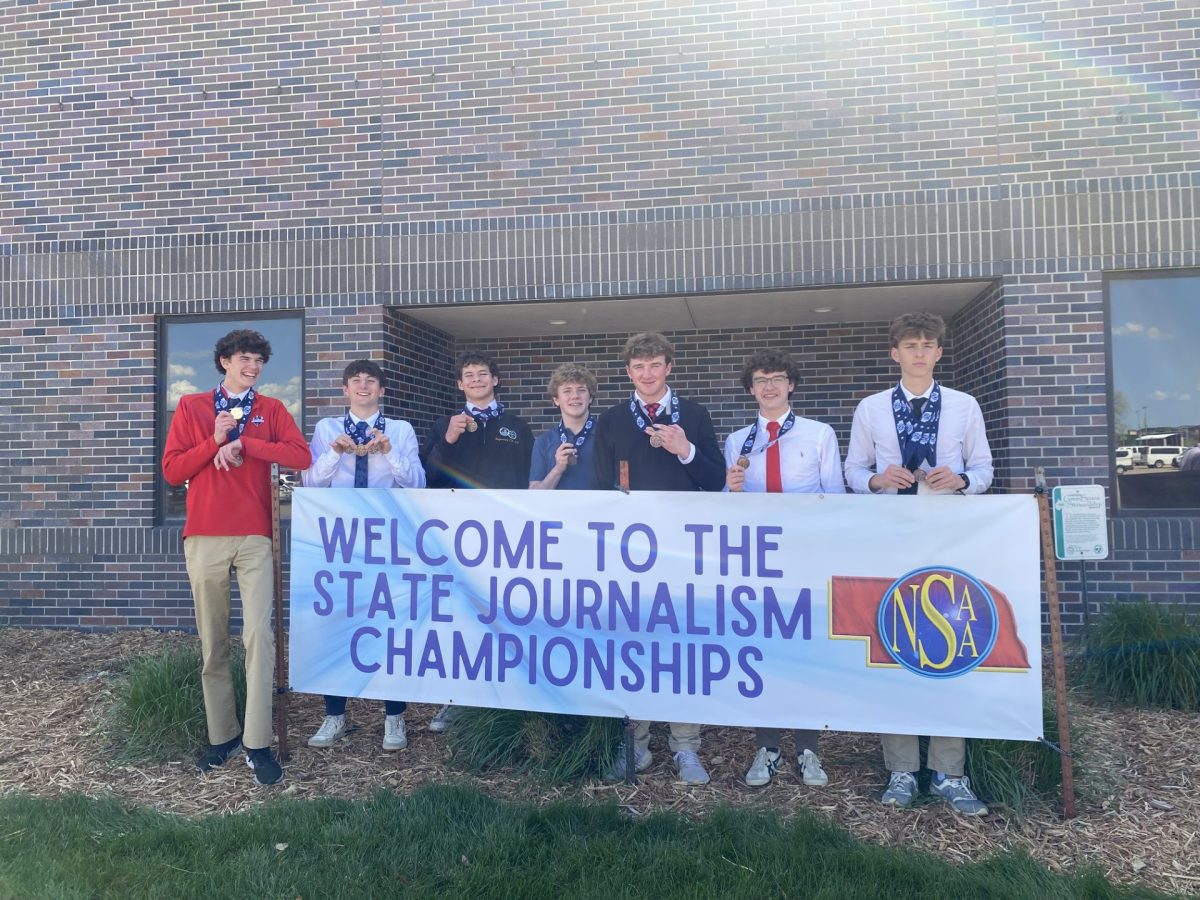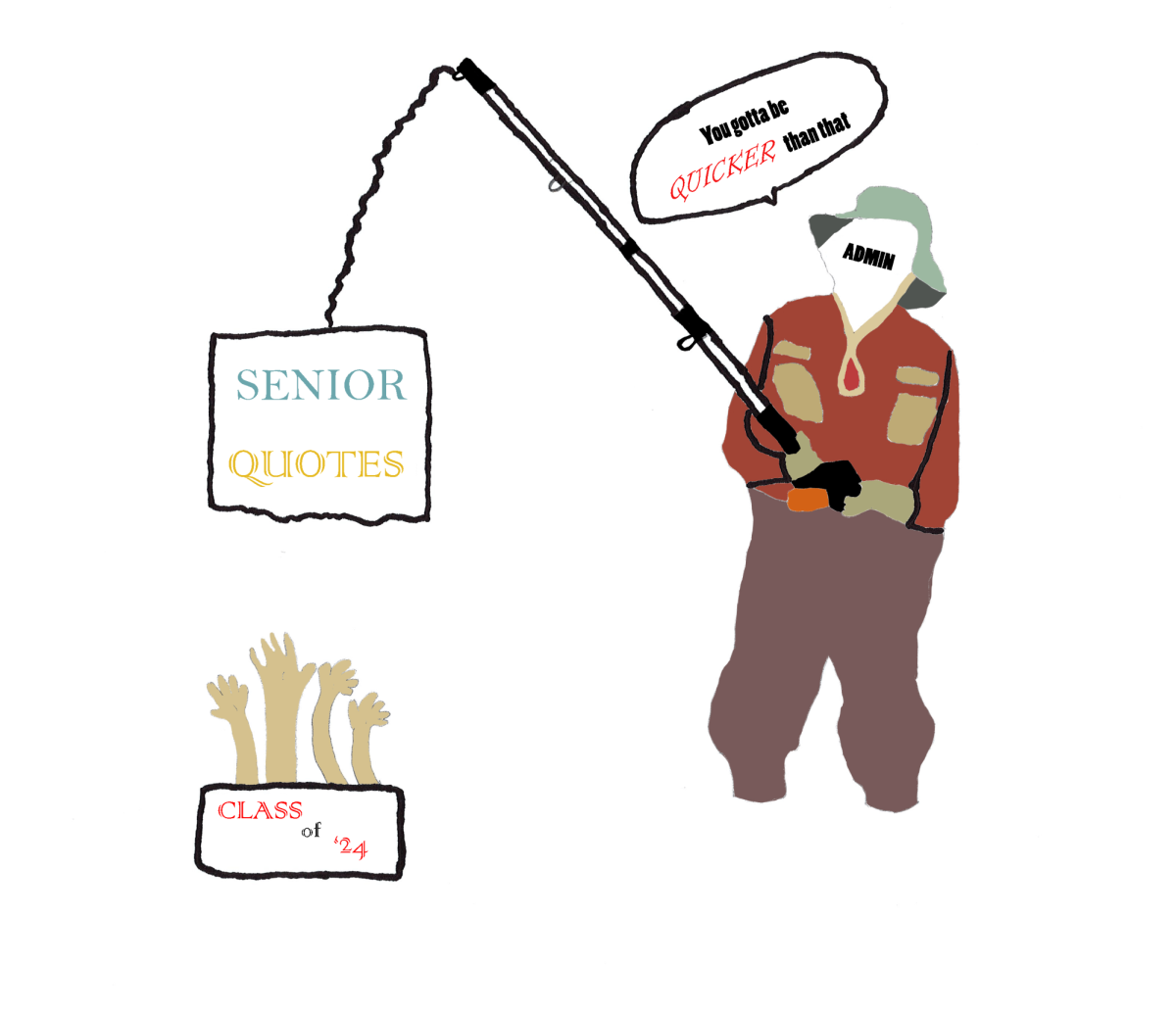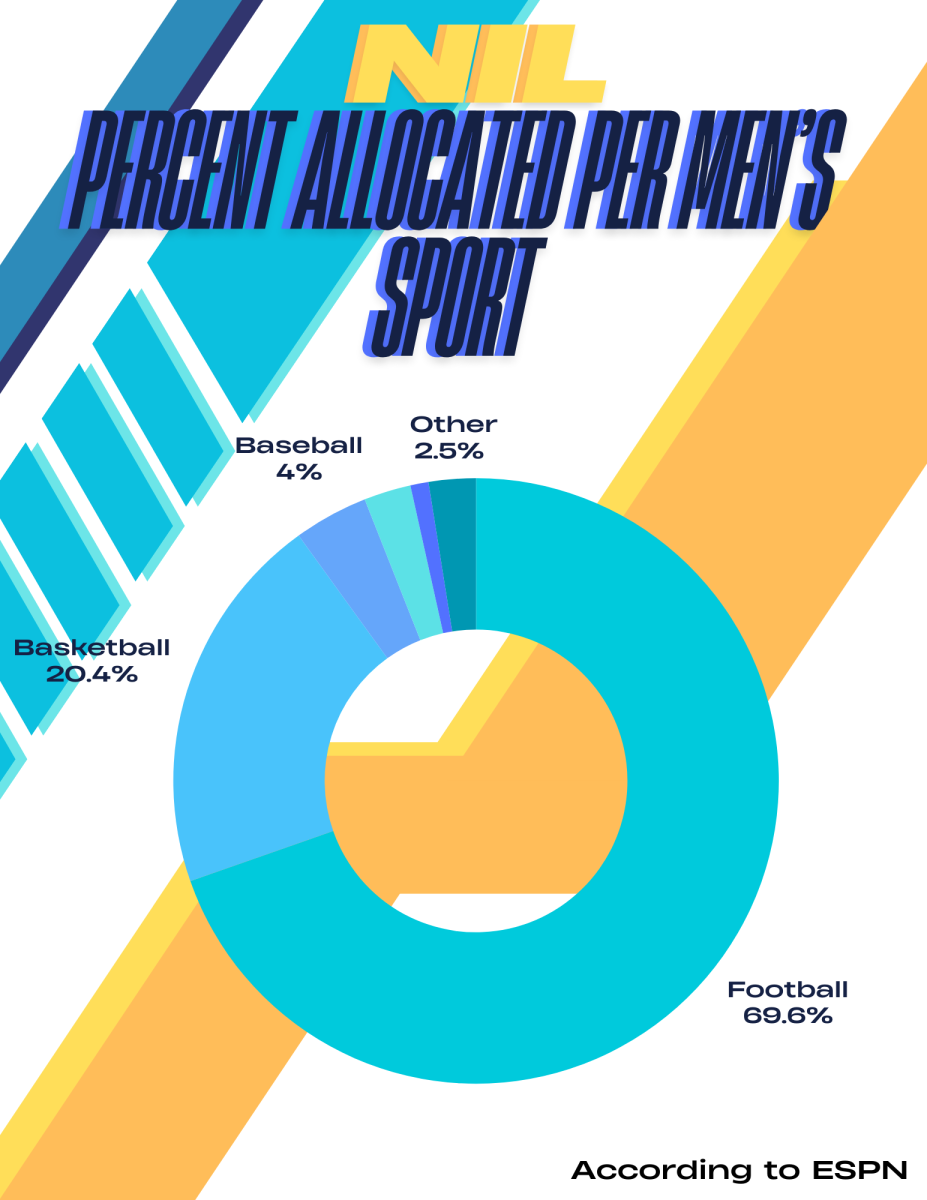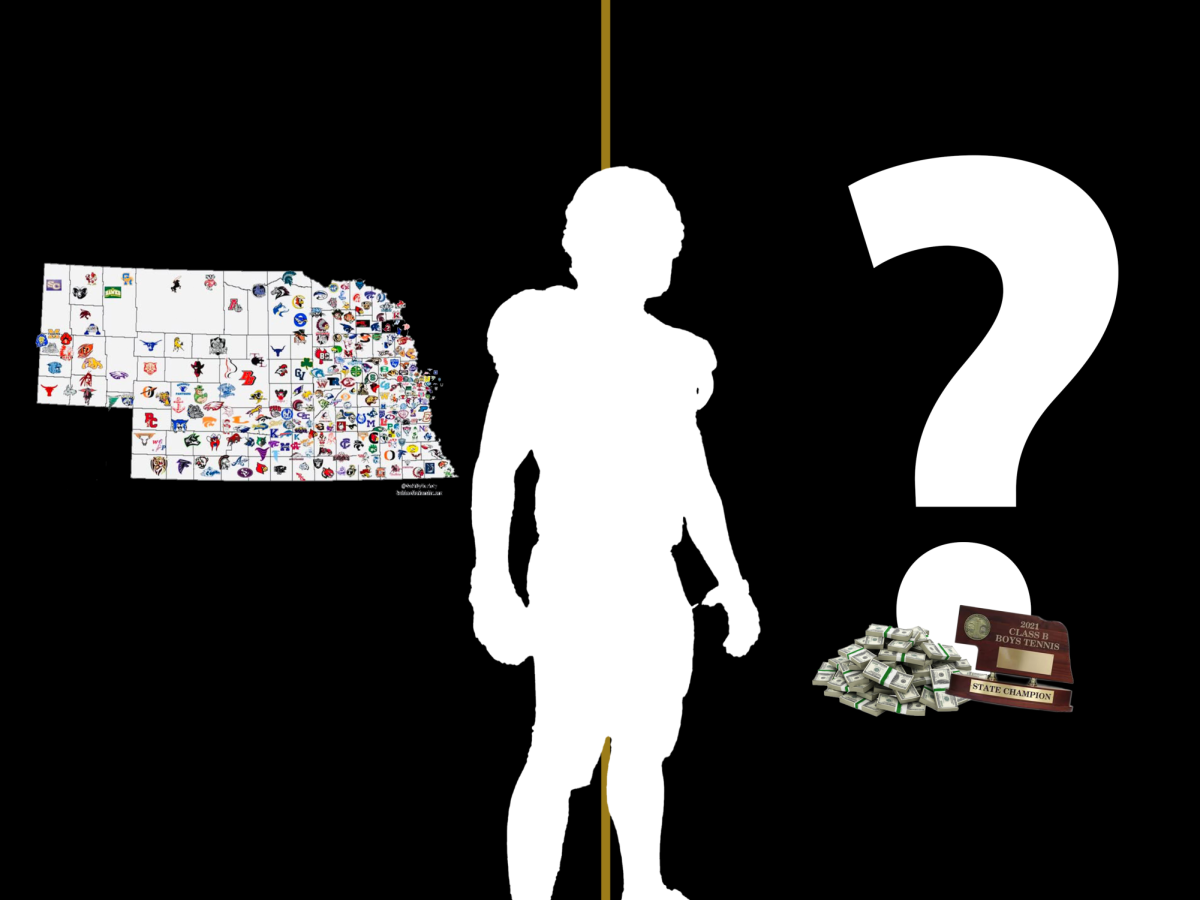The common idiom “Money makes the world go round” applies to almost every aspect of our society; until recently, collegiate level sports were an exception to the rule. However, with the NCAA legalizing student athletes making money from their name, image, and likeness (or NIL), the scourge of the dollar sign has tarnished the previously unblemished field of college athletics.
This development has brought millions of dollars flowing into the pockets of college athletes from donors paying into huge college NIL funds. According to the New York Times, the total NIL market for college athletics is expected to amount to nearly $1.67 billion this year. College football is one of the biggest magnets for these funds, with title contenders such as Texas and Penn State spending upwards of $13 million dollars on their programs.
Though this seems like an inordinate amount of money, Ohio State was not to be outdone and raised more than $20 million dollars in incentives for players. This level of cash flow is not limited to college football, however; the University of Nebraska’s NIL foundation, the 1890 Initiative, has recently made a $5 million dollar deal with Nebraska Crossing Outlets to support Nebraska’s dominant volleyball program. Needless to say, the level of enthusiasm for college sports has not waned recently, and each year the budgets for these programs has continued to increase.
This means that in many cases bigger programs can effectively buy better players, which in theory means that there is less competition from smaller teams, commonly known as underdogs. However, many teams have proven this theory wrong. For example, the Northern Illinois Huskies’s upset win over the Fighting Irish of Notre Dame in college football this year shocked millions.
So, while NIL money has upset the traditional balance of college sports, it has been proven that a scrappy squad such as Northern Illinois with less than a half million dollars of NIL funding can take down a money-bloated behemoth like Notre Dame.
While the NCAA’s allowance for players to profit from their Name, Image and Likeness has had a large impact on how college athletics programs operate, it has had an even bigger impact on the lifestyle of college athletes. While some purists claim that NIL money has ruined the integrity of college athletics and the athletes, this claim is historically inaccurate.
Remembering the legacy of high-profile college athletes such as Johnny Manzeil and OJ Simpson, integrity has never been an essential in the recipe for athletic success. After all, in an era where the payment of players was illegal, Johnny Manzeil was seen on video holding a stack of bills to his ear and yelling, “I can’t hear you, I got too much ******* money in my hand.”
The perspective of the athletes on the advent of NIL deals can be summed up in a quote from Jordan Belfort: “There is no nobility in poverty. I’ve been a rich man and a poor man, and I’ll choose rich every time.”
And could you really blame them? Athletes used to have to choose between completing their education or going on to make money that their families needed by going to the big leagues. But now, they can kill two birds with one stone and benefit from their athletic talent monetarily and through receiving a college education. This keeps some of the best players from declaring for the draft and keeps them playing college sports.
All in all, the advent of NIL has had a massive impact on college athletics, affecting the management of entire programs and the lives of individual athletes. While NIL has changed the traditional landscape of college sports, the benefits for the players far outweigh the negatives produced from it.

